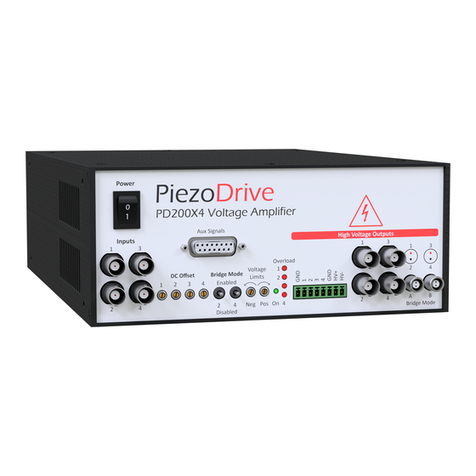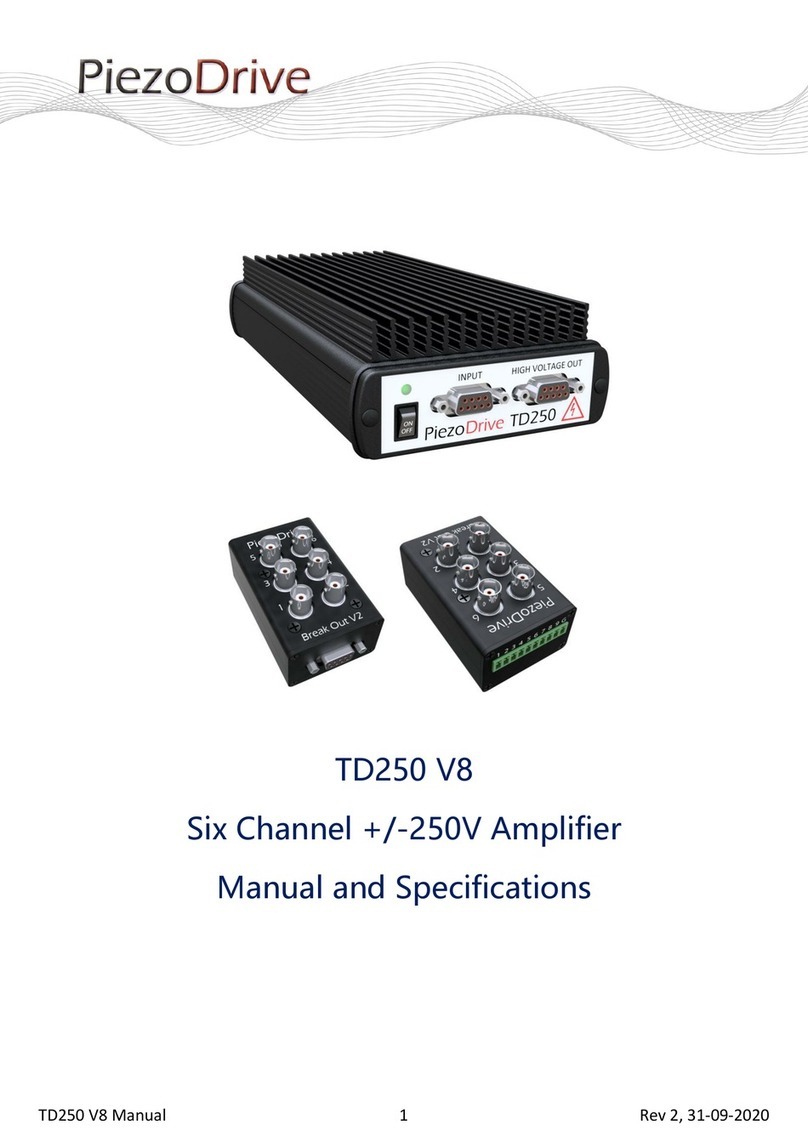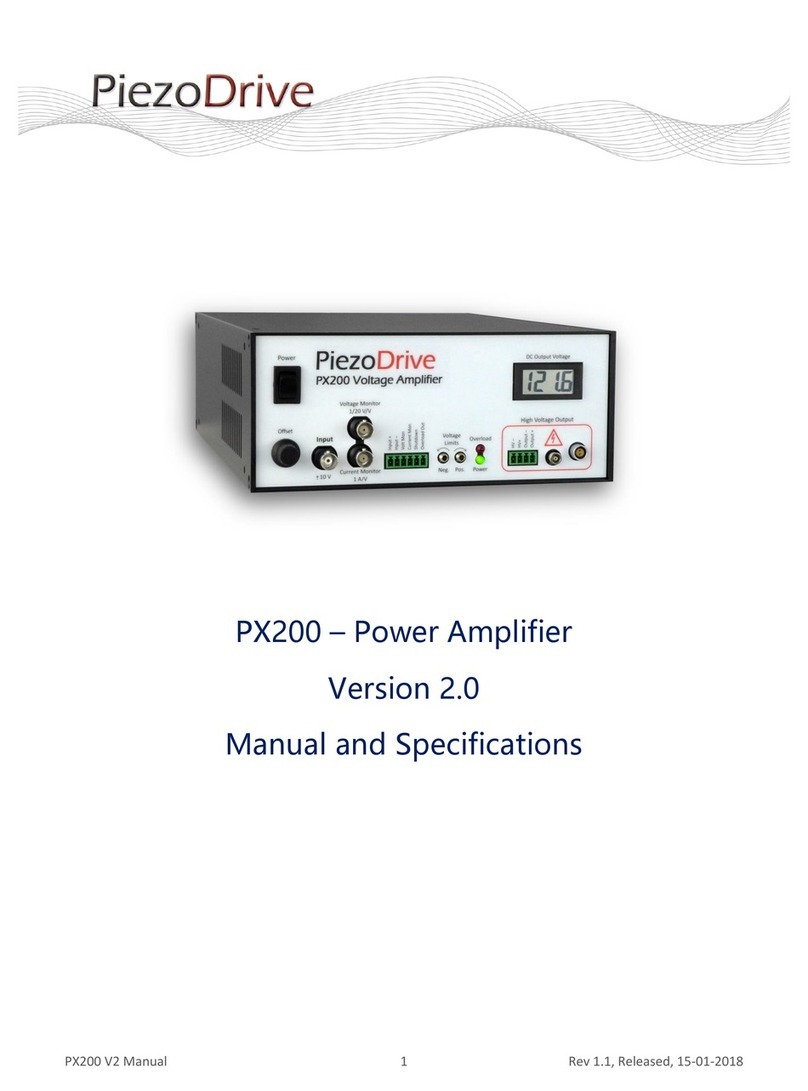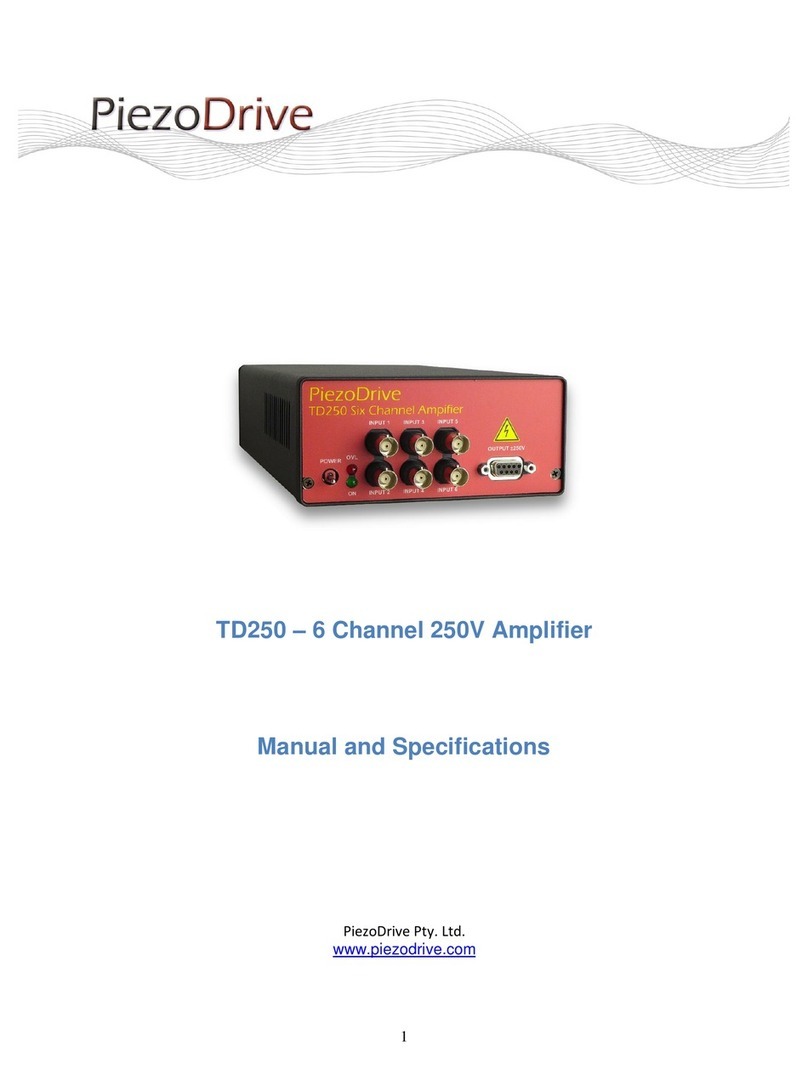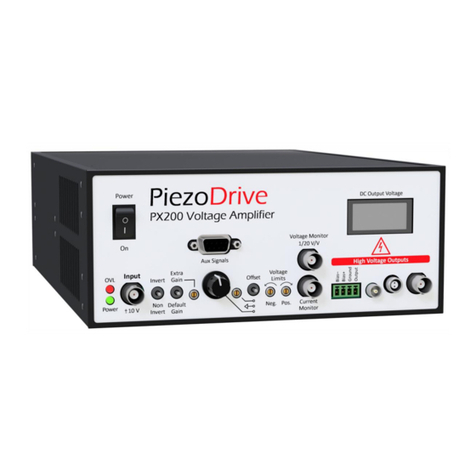Contents
Safety Warnings...............................................................................................................................3
Revision History...............................................................................................................................3
Quick Start Recommendations ........................................................................................................3
Delivery Contents (Standard)...........................................................................................................3
Overview..........................................................................................................................................4
Electrical Specifications ...................................................................................................................5
Standard Output Voltage Ranges ....................................................................................................5
Mechanical Specifications................................................................................................................7
PDUS210-FLEX Specifications........................................................................................................8
Introduction to Ultrasonic Transducers ............................................................................................8
PDUS210 Operation ......................................................................................................................10
Choosing the Voltage Range.........................................................................................................14
Front Panel ....................................................................................................................................16
Rear Panel.....................................................................................................................................17
Overload Protection.......................................................................................................................18
Desktop Software...........................................................................................................................19
PDUS210-FLEX Operation............................................................................................................29
Handheld Controller.......................................................................................................................31
RS485 Interface.............................................................................................................................33
Warranty and Service ....................................................................................................................34

